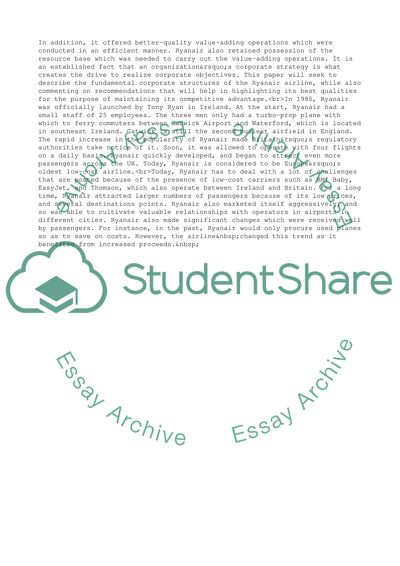Cite this document
(“Ryanairs Internal Structure Essay Example | Topics and Well Written Essays - 2750 words”, n.d.)
Ryanairs Internal Structure Essay Example | Topics and Well Written Essays - 2750 words. Retrieved from https://studentshare.org/business/1641504-ryanair-case-study
Ryanairs Internal Structure Essay Example | Topics and Well Written Essays - 2750 words. Retrieved from https://studentshare.org/business/1641504-ryanair-case-study
(Ryanairs Internal Structure Essay Example | Topics and Well Written Essays - 2750 Words)
Ryanairs Internal Structure Essay Example | Topics and Well Written Essays - 2750 Words. https://studentshare.org/business/1641504-ryanair-case-study.
Ryanairs Internal Structure Essay Example | Topics and Well Written Essays - 2750 Words. https://studentshare.org/business/1641504-ryanair-case-study.
“Ryanairs Internal Structure Essay Example | Topics and Well Written Essays - 2750 Words”, n.d. https://studentshare.org/business/1641504-ryanair-case-study.


